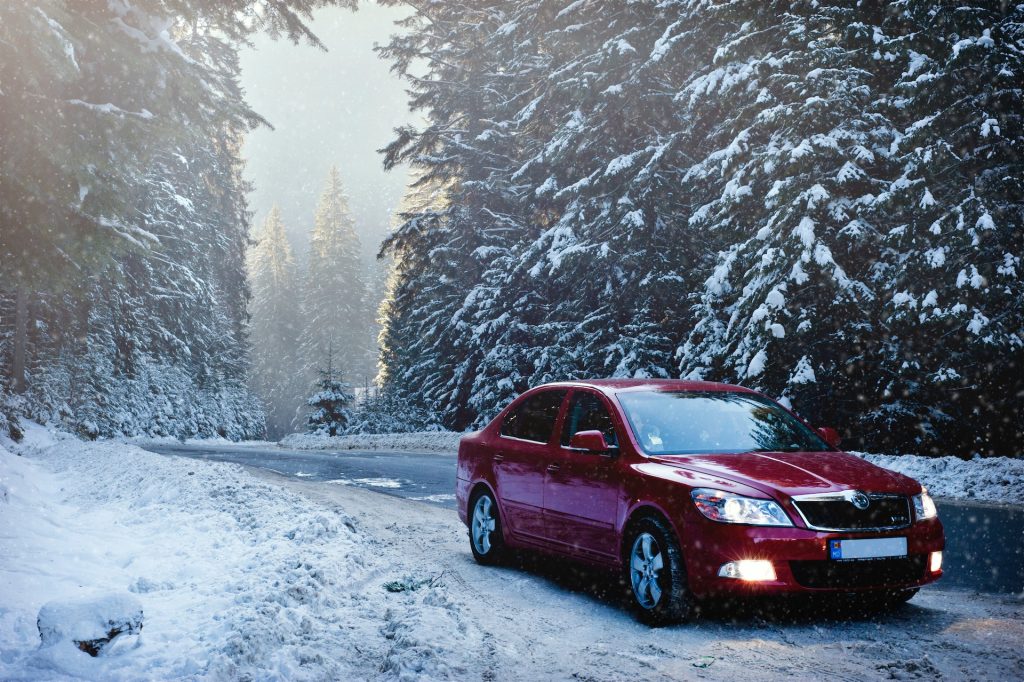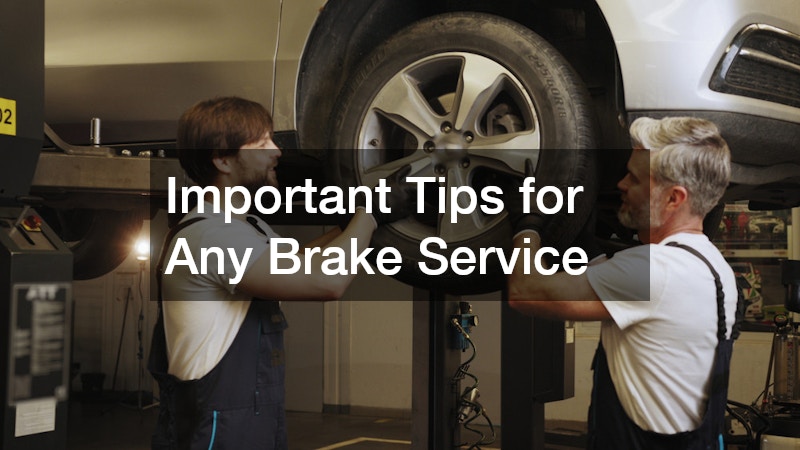Stress-free travels on the road rarely happen during winter. When cold temperatures greet you on your way to somewhere, expect wiper blades to give way, visibility to be difficult or emergency stops more frequent. The cold weather never makes a drive pleasant, especially when you haven’t been going through your auto maintenance checklist. And more to the point, you fail to winterize the car.
Is Winterizing a Car Necessary?
If you live in any of the 20 coldest states in the US, you’ve probably budgeted for winter tires and an emergency kit containing an ice scraper or a bag of road salt. But if you’re in places where winter storms are a freak of nature, like Ohio or New Mexico, the concept of winterize car may be alien.
The thing is freak winter storms are happening across the US, leaving thousands without power and cold as hell. When you winterize your car, you can rely on your vehicle for emergencies and basic errands in bad weather.
What does it mean to winterize your car?
It means getting it ready to drive on icy roads and keep everyone in the vehicle or on other motorists safe. It means preserving the longevity and performance of your tires, which calls for maintaining air pressure and monitoring tread depth.
When you winterize your car, you also save money in the long run. You won’t have to run to the auto parts stores when a component leaves you stranded somewhere or unable to move from your garage.
In all car winterization is a sensible step to auto maintenance.
How Do I Prepare my Car for Winter?

What do you need to do to stay safe for winter driving?
1. Get your car cleaned
If you have the budget and the time, get your car detailed because it’s a thorough clean up of your interior and exterior vehicle. Otherwise, a usual trip to the car wash should get rid of grime and gunk that build up on the surface, tires and undercarriage.
An automatic car wash also keeps your headlights clean and haze-free, allowing it to do its job when roads become murky in winter weather.
A clean car makes it ready when temperature drops.
2. Install winter tires
What’s the difference between all season tires and winter tires? Wouldn’t the former be a better expense since they may be the tires you leave with out of the dealership; all-season tires are good all year round, which means all season. But these tires may not deliver versatile performance enough to withstand harsh winters.
Winter driving demands for greater traction, which winter tires provide. Winter roads are unpredictable, with freezing temperatures, black ice and heavy snowfall. The rubber treads on winter tires are much more flexible than all-season tires, providing better grip in extreme cold temperatures. The tread depths prevent snow build up and the patterns channel snow and slush, repelling water away. All season tires can’t do as much in heavy winters, only with light snow.
3. Switch to winter windshield wipers
Much like all season tires, ordinary windshield wipers are not designed for heavy snow. They get packed with snow, making the blade streak. Whereas winter wiper blades are wrapped in rubber that keep snow and ice from packing.
Before winter, replace your ordinary wipers with winter blades. Store your old wipers and put them back once winter is done.
4. Protect your battery terminals
One of the most important ways to get your car ready for winter is making sure your battery terminals don’t corrode. Corrosion leads to high electricity resistance, poor conductivity and lack of energy to start the engine.
So apply battery terminal protection.
5. Test and clean your battery
Just as important as protecting your battery terminal is testing cleaning your battery. Take your car into an auto shop to do the checking; they’ll have a computerized battery checker that looks into internal resistance and conductance. Some auto parts store also do testing for free even.
6. Check your fluid levels
Check your coolant and oil levels. The engine coolant level is especially vital to keeping your engine running, preventing it from cracking and freezing. Because the coolant also contains anti-corrosive additives, it maintains your entire cooling system.
7. Lubricate specific areas of your car
Lubricants keep components from freezing or getting stuck when you need to use them. Eventually, they may even corrode. Which areas need to be lubed?
- Latches and hinges
- Weather stripping
- Door locks
- Window tracks
8. Check the cabin air filter or replace it
The cabin air filter maintains the performance your vehicle’s HVAC. If the air filter is dirty, it will reduce air flow through your car; window defogging will be slower and airborne contaminants and allergens may not be screened well, making your car unsafe for any kind of driving.
9. Inspect your brakes
Expect the unexpected in harsh winter conditions. Even with dedicated winter tires, you may find yourself maneuvering over slippery conditions, so your brake must be working properly. As part of winterizing your car, take the vehicle to an auto shop that’ll check your brakes thoroughly.
10. Prep an emergency kit, and keep it in the car
Finally, an emergency kit is essential in every weather. It is particularly necessary when you’re driving in heavy snow and icy roads. What should your emergency kit contain?
Ice scraper and brush
- Jumper cables
- Tire pressure gauge
- Tire inflator
- Tire patch kit
- LED flashlight
- Triangle reflector kit
- Road flares
- First aid kit
- Extra bottle of motor oil
Your kit may also include some blankets, bottles of water and snacks, and a cellphone charger. The kit must be prepared as though you may be stranded in the middle of nowhere. And so the snacks, water and charger will help you last for a couple of days until help arrives.
Drive Safe and Winterize Your Vehicle
Winter may seem magical. But the magic halts to grind when you can’t drive out of your garage or parking spot, or you suddenly lose control of your vehicle on icy roads. Prepare for winter season by giving your car the checkup, replacements and repairs it needs before temperatures begin to drop.





